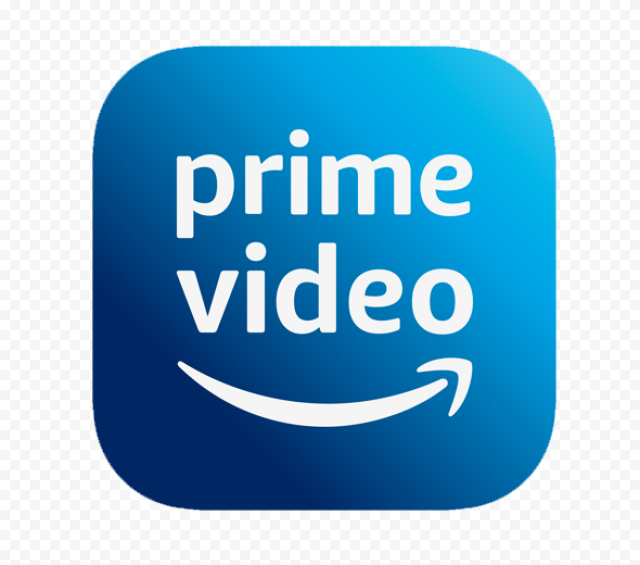Prime Video, a popular OTT streaming platform, has made waves in the streaming industry with its groundbreaking content. Recently, there have been growing speculations about Amazon concerning its streaming service, Amazon Prime Video. While the company has made no official announcement, people familiar with the situation spoke to The Wall Street Journal. In a report, the Wall Street Journal stated that the streaming platform is thinking of shifting towards ad-supported streaming.

Though the discussion is still in its initial stages, the ad-supported streaming transition will mark a significant evolution for Prime Video and has far-reaching implications for both the platform and its user base. While there is no clear information about the plans and packages, there are speculations that the ad-supported subscription will be at a lower charge whereas the ad-free subscription will be the premium option at a higher price.
Recently, Netflix also made a similar announcement with regard to ad-supported streaming. Netflix plans on rolling out this in a selected few countries for trial.
Also Read: The Fairy Tale Love Story of Zaid Darbar and Gauahar Khan!
What could be the reasons for the transition
Revenue Generation
By introducing ads, Prime Video aims to diversify its revenue streams beyond subscription fees. Advertising presents a lucrative opportunity to tap into a massive market, attracting brands eager to reach a vast streaming audience. Ad revenues can supplement subscription fees, potentially leading to lower costs for viewers or increased investments in content.

Expanded Content
The infusion of ad revenues allows Prime Video to invest in a wider range of content options. It can finance more original productions, acquire licenses for additional shows and movies, and explore niche programming. This diversification of content can cater to a broader audience and strengthen Prime Video’s position as a competitive streaming platform.
Benefits of Ad-Supported Streaming
Lower Costs for Viewers
One of the primary advantages of ad-supported streaming is the potential reduction in subscription fees. By offering a free or lower-cost ad-supported tier, Prime Video can attract new users who may have been deterred by higher subscription costs. This increased accessibility makes quality streaming content more affordable and widens the platform’s user base.
Expanded Content Library
Ad revenues can significantly bolster Prime Video’s content library. With additional funding, the platform can secure rights to coveted movies, TV series, and documentaries, ensuring a diverse and extensive catalogue. This expansion enhances the overall viewing experience, attracting viewers with a broader range of options.
Targeted Advertising
Ad-supported streaming allows Prime Video to leverage user data to deliver personalized and relevant advertisements. By analyzing viewers’ preferences and watching habits, the platform can serve targeted ads, enhancing their effectiveness and reducing ad fatigue for users. This personalized approach benefits both advertisers, who can reach specific demographics, and viewers, who receive more tailored ad experiences.
Challenges and Considerations
User Experience
Introducing ads to a previously ad-free platform can disrupt the viewing experience for some users. Prime Video must strike a balance between generating ad revenue and maintaining a positive user experience. Ad frequency, placement, and relevance will be critical factors in mitigating any potential user backlash and ensuring seamless integration.
Ad-Skipping Options
To accommodate users who prefer uninterrupted content consumption, Prime Video could explore premium subscriptions or ad-skipping options. These alternatives would allow users to opt out of ads while still supporting the platform financially, providing a compromise between revenue generation and user satisfaction.

Competitor Differentiation
As ad-supported streaming becomes more prevalent, Prime Video must differentiate itself from competitors. This can be achieved through exclusive content, innovative ad formats, or seamless user interfaces. Maintaining a unique value proposition will be crucial for retaining and attracting users amidst a growing number of ad-supported streaming platforms.
Prime Video’s transition to ad-supported streaming signifies a strategic shift aimed at diversifying revenue streams, expanding content offerings, and making streaming more accessible. By incorporating targeted advertising, the platform can create a more personalised experience for viewers while generating additional revenue. However, Prime Video must navigate the challenge of balancing ads with user experience to mitigate potential backlash.


